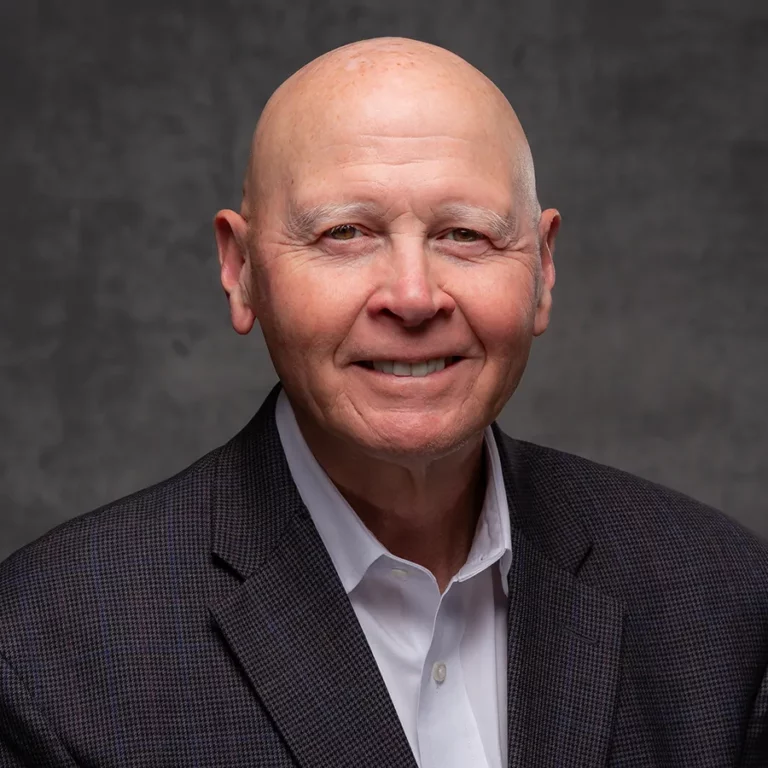It is difficult for a long-distance caregiver to determine when a loved one begins to need care and assistance. A long-distance caregiver is unable to tell on the phone that a loved one is wearing the same clothes every day or that he or she isn’t bathing because they’re afraid of falling in the shower.
NASDAQ’s recent article entitled “How to Be a Better Long-Distance Caregiver” says that more than 1 in 10 caregivers look after family or friends from a distance. This can make the task much harder and expensive. A 2016 AARP survey found that caregivers, in general, spend an average of about $7,000 a year in out-of-pocket expenses. Long-distance caregivers (those who live at least an hour away from the care recipient) incur about $12,000 on average. Long-distance caregivers are more apt than local caregivers to hire help, take unpaid time off work and pay for travel.
For caregivers, guilt is constant, and it’s even greater for long-distance caregivers. Let’s look at some ideas to help:
Form a team. If you can’t physically check in on your loved one regularly, find others who can, including family members or friends who live close by. If you have siblings, they can help, even if they’re also long-distance. They can make daily check-in calls or handle tasks, such as paying bills, making medical appointments and dealing with insurance companies. You may consider employing a geriatric care manager, also known as an aging life care professional, to help you evaluate your loved one’s caregiving needs, hire home health aides, if necessary, and step in if there’s a crisis.
Use technology. Zoom isn’t the only technology that can make life easier for long-distance caregivers. A medical alert system can let a family member know to get help. Some even have fall detection technology that works, even if the person isn’t wearing a special device. Smart pill dispensers also manage medications and can alert caregivers if doses aren’t taken. Smart home systems can also help with locking doors and can allow you to grant access to someone, such as a friend, a health worker, or a paramedic from afar. A smart thermostat can help you ensure a comfortable temperature, and a smart home security system can let you know if your loved one has left the house.
Maximize available resources. Your elderly family member may be eligible for public benefits that could help with caregiving tasks or costs. Look at benefits.gov and the U.S. Administration on Aging’s Eldercare Locator. Your elderly family member may have other resources that can be tapped, like long-term care insurance, savings, or home equity, or veteran’s benefits.
Reference: NASDAQ (May 27, 2021) “How to Be a Better Long-Distance Caregiver”




